Japanese Quince: The spectacular red flowers that should be on every gardener's to-grow list
Steven Desmond pours praise on the flowers of genus chaenomeles — also known as japonica, or Japanese quince — and explains how to make sure they thrive in your garden.
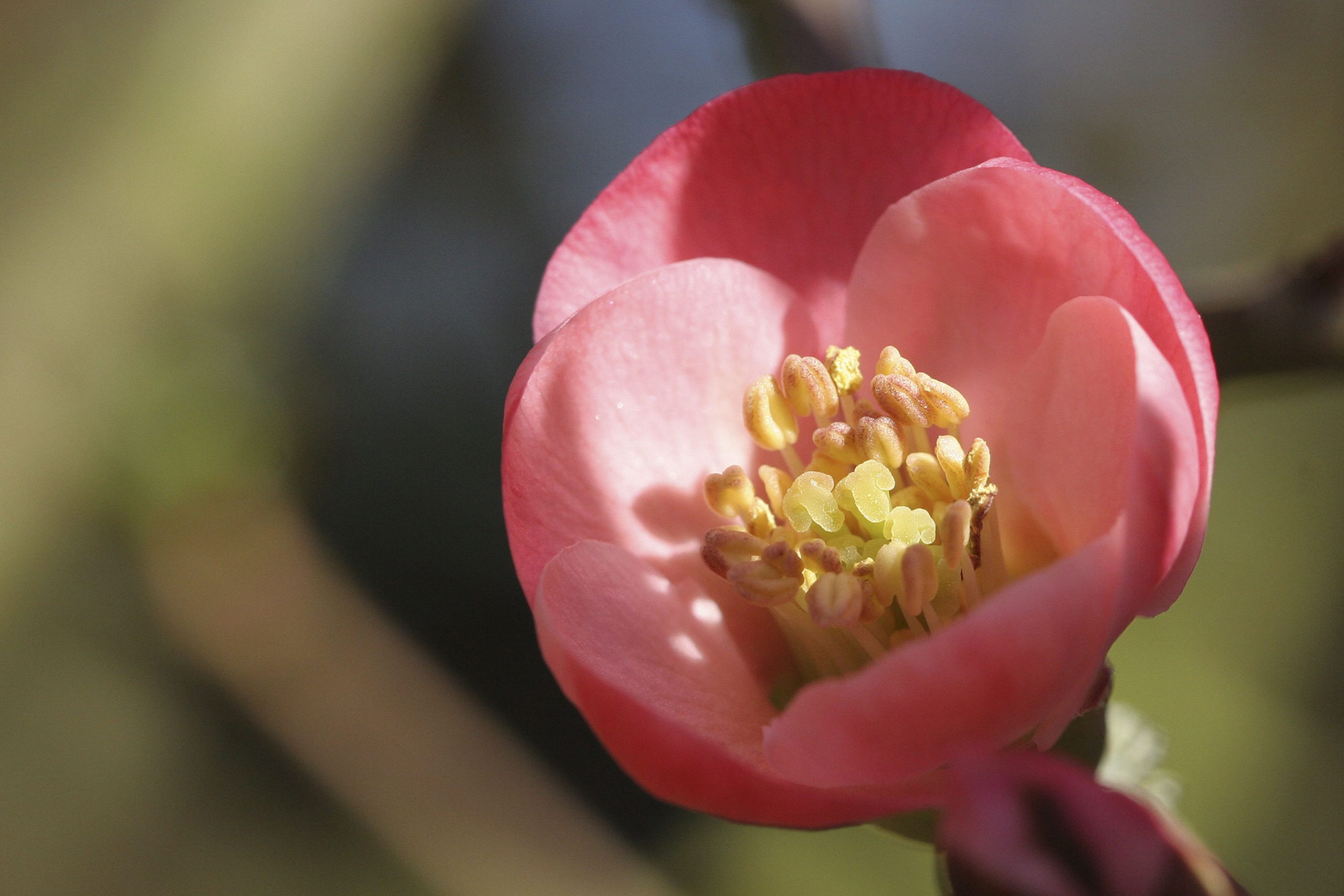
This time of year is so full of floral action and promise in the garden that it is easy to overlook some of its minor pleasures. One of these Cinderella figures is worth a place in every garden, as it flowers early, produces attractive and useful fruit without fuss and grows in every soil and situation without complaint or loss of performance. By those measures, it should be on everyone’s list of desiderata, yet it never seems to proceed from the wings onto centre stage.
The genus chaenomeles is one of these underdogs. It is hampered in its reputation by various doubts in the gardener’s mind, not the least of which is how to pronounce its unwieldy name. Most people call it japonica, or at least Japanese quince, but that merely adds to the name problem. A little teasing-out is called for.
Chaenomeles is a member of the illustrious rose family, bristling with garden-worthy flowering trees and shrubs. Our shrub started off in the genus cydonia, the quinces, but it was eventually felt to be too different from its bedfellows and, after one or two false starts, ended up with its present name in the late 19th century.
By that time, gardeners had already noted its virtues and the nurseryman Anthony Waterer had produced an early star form, ‘Knap Hill Scarlet’, which turned the head of many admirers. This is a seedling hybrid between Chaenomeles japonica, from Japan, and C. speciosa (‘pretty’) from China and Korea.
Most chaenomeles cultivars have red flowers, scarlet or crimson as you wish. A particularly fine form to my mind is the aptly named ‘Crimson and Gold’, bred in California in 1939. It looks especially good trained against a limestone wall. If your wall is red brick, a surer bet is Chaenomeles speciosa ‘Nivalis’, with big, flat, white flowers, or, even better, my own favourite ‘Moerloosei’, for all the world like apple blossom come early.
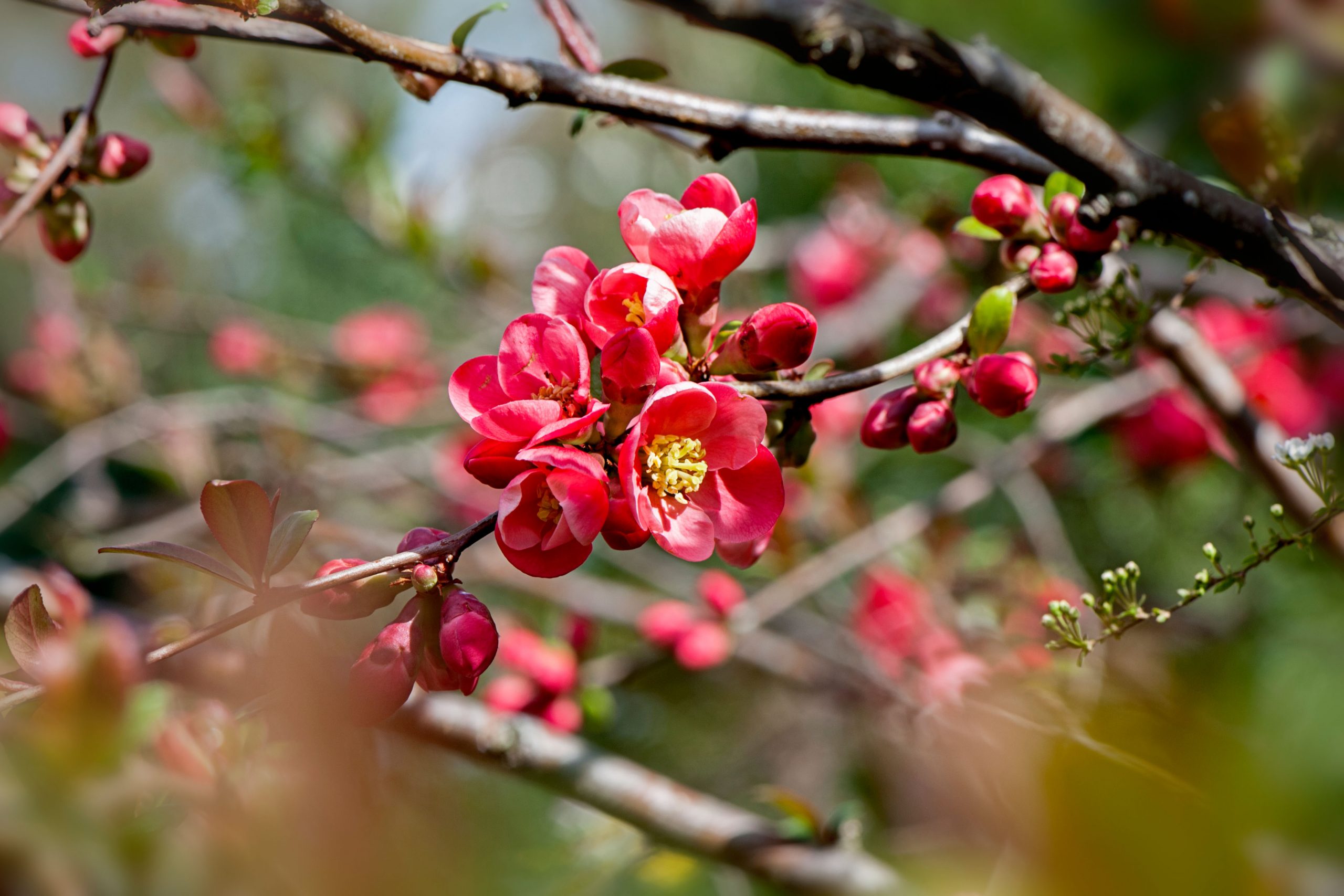
This choice of flower for different walls brings us to an important consideration regarding Cinderella’s future. Chaenomeles is perfectly happy as a free-standing shrub, but always forms such an impenetrably tangled mess that it looks very undistinguished in the winter. It is much better trained against a wall, where it can be gently persuaded, with no trouble, to form an orderly expression of beauty. One decisive advantage is that, unlike most plants, it doesn’t mind which way it faces.
Like another famously obliging shrub, the climbing hydrangea, and that richest of fruity flavours, the morello cherry, chaenomeles of all sorts are perfectly content on a north- or east-facing wall. This is excellent news for those who fret over unpromising aspects. I lived in an east-facing cottage in Yorkshire in 1980 and an espalier-trained chaenomeles was one of my earliest horticultural achievements. It flowered and fruited abundantly, providing japonica jelly as Christmas presents for my faintly mystified relations.
Sign up for the Country Life Newsletter
Exquisite houses, the beauty of Nature, and how to get the most from your life, straight to your inbox.
Wall-training is one of those straightforward activities that yields results of lasting beauty. It has a miraculous effect on the appearance of every chaenomeles, transforming it from a nondescript heap into a paragon of excellence. Two methods of training are to be commended, either the fan, in which the main shoots arise from near the base and, well, fan out across the wall, or the espalier, in which a central shoot is kept more or less vertical and side shoots are trained along horizontal wires.
You will have guessed by now that I have a particular young specimen in mind. I intend it for a weatherboarded wall about my height painted black. It faces south, but is shaded by a big cherry tree 20ft away. Last autumn I screwed in vine eyes (the best kind) and trained wires at regular intervals of a foot or so from the ground upwards.
Chaenomeles speciosa ‘Moerloosei’ is in place against a vertical cane secured to these wires and rising to the eaves. The most vigorous shoot is tied to the cane, and the beginnings of the side shoots to the wire on each side. After flowering, new growth will appear, and its soft green tissues will be tied to the wires to form the familiar pattern. In due course, any shoots in the wrong places will simply be removed.
Each year, the shoots will extend, the pattern of blossom will spread across the wall and, in the autumn, the golden fruits will appear. I can then either make that delicious jelly or leave the fruit to the birds and late butterflies. There are always decisions to be made.
Steven Desmond’s book Gardens of the Italian Lakes is published by Frances Lincoln
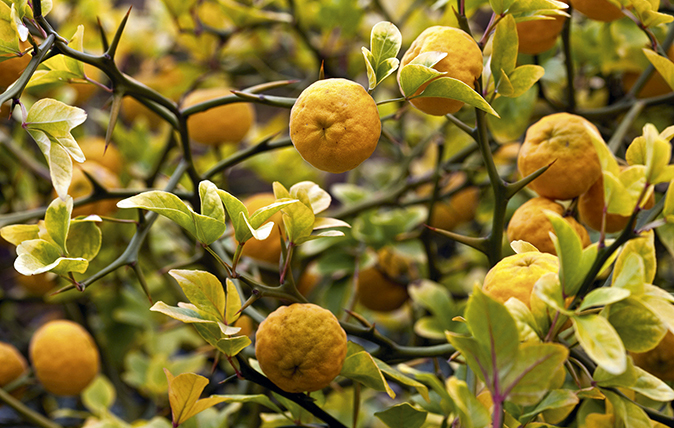
How to grow plants that you really shouldn't be able to grow in England
Take a chance on surprising survivors advises Steven Desmond.
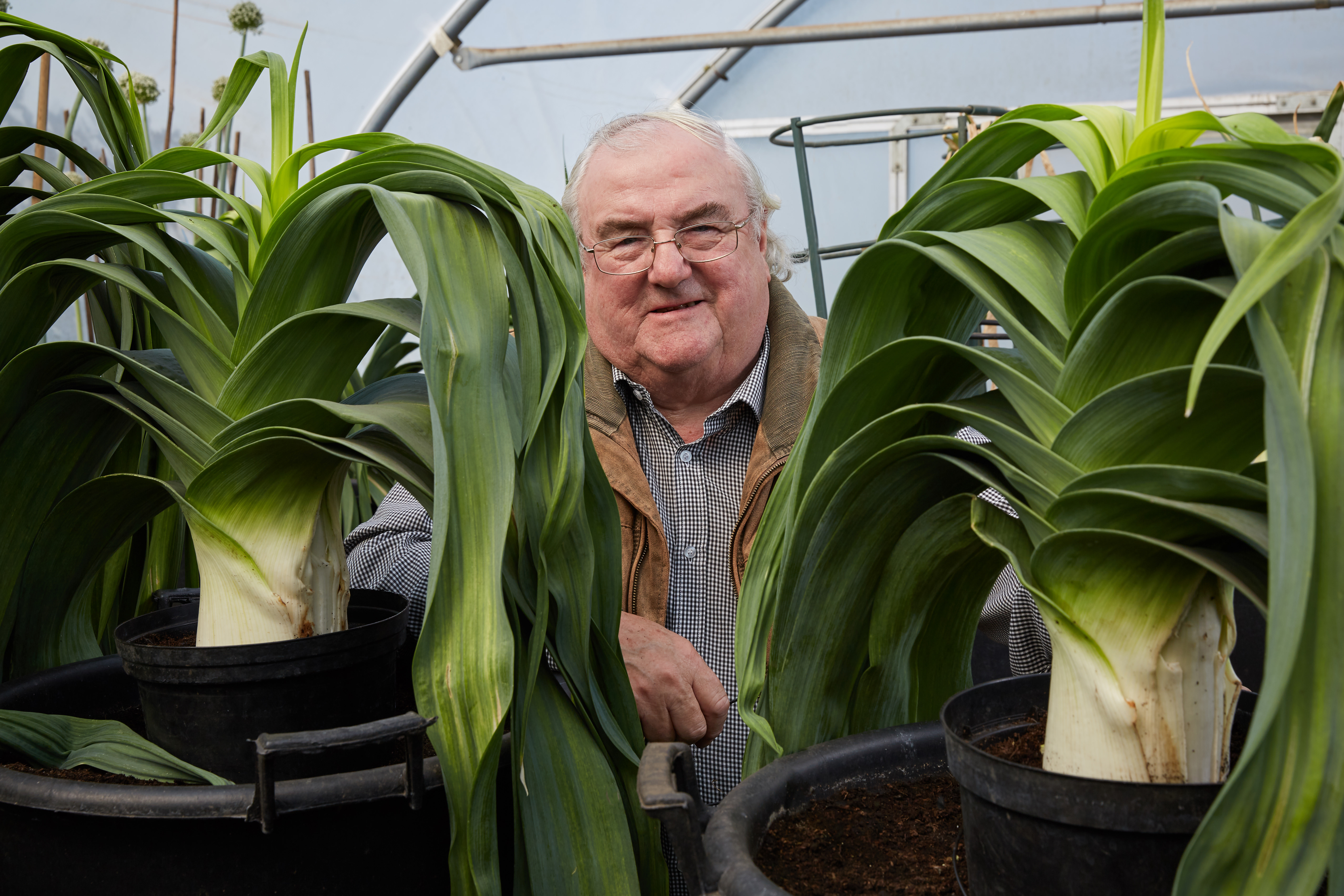
Medwyn Williams, king of giant vegetables: 'A living monument... the greatest of our show growers, a king of long carrots and immaculate cauliflowers'
Steven Desmond meets Medwyn Williams, the man who knows more than anyone about growing and showing giant vegetables.
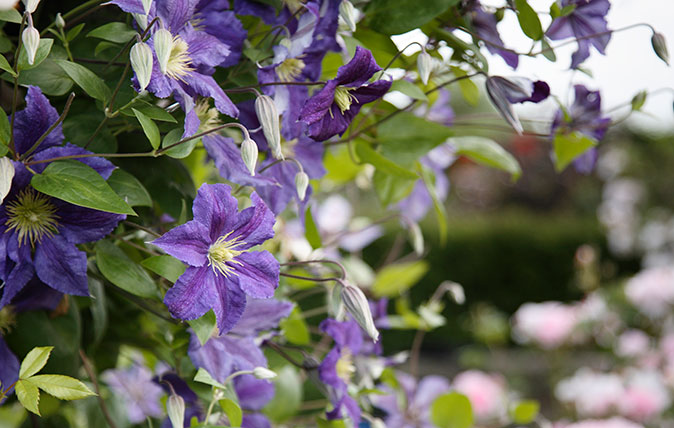
How to choose the perfect Clematis – and how to help it flourish
Steven Desmond gives his tips on how to look after clematis, the beautiful climbing plant whose flowers explode in spring.
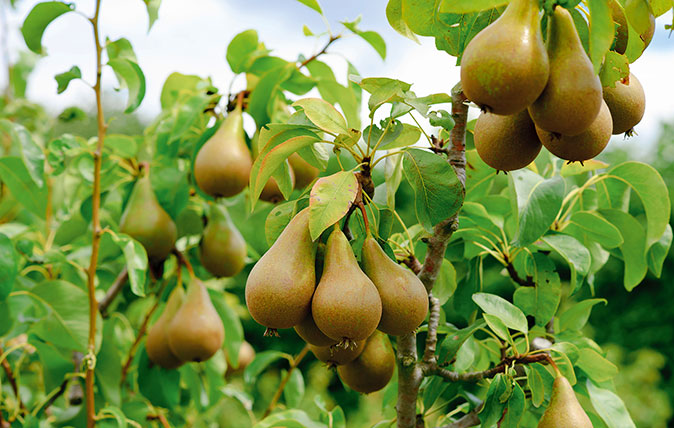
How to grow a pear tree: What to choose, how to look after it
Steven Desmond explains the mysteries of the pear – and suggests a few varieties who want to take the plunge and

